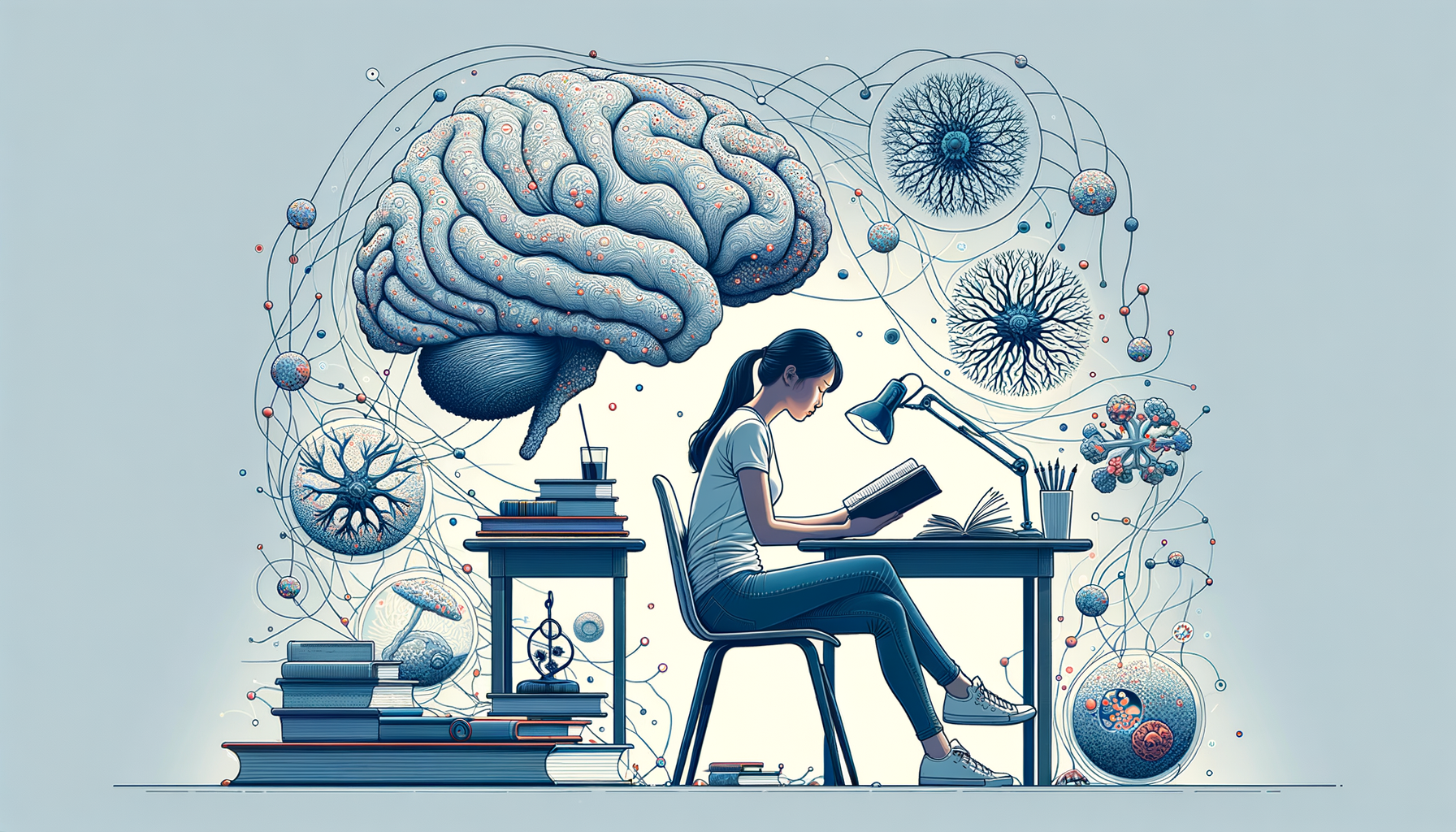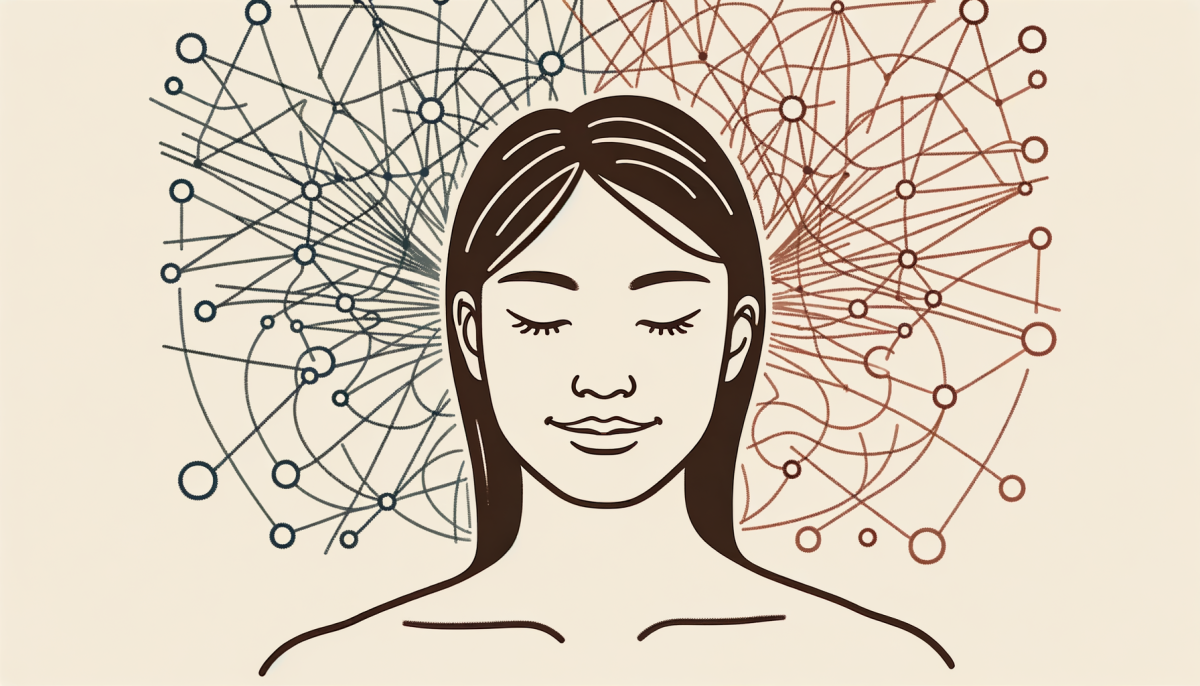Introduction
In the vast expanse of the human mind, a phenomenon known as neuroplasticity unfolds, a process that allows the brain to adapt and change throughout an individual’s life. This remarkable ability of the brain to reorganize itself by forming new neural connections is a testament to the incredible adaptability of the human mind. Coupled with the power of intentional thinking, neuroplasticity can be harnessed to bring about profound changes in our lives. This article delves into the intricate world of neuroplasticity, the benefits of intentional thinking, and how the two can be bridged to create a potent tool for personal growth and development.
Understanding Neuroplasticity

Neuroplasticity, also known as brain plasticity, is the brain’s extraordinary ability to modify its own structure and function following changes within the body or in the external environment. It is the biological process that makes learning and memory possible, allowing experiences to leave imprints on our neural pathways. This adaptability is not confined to childhood but continues throughout our lives, challenging the long-held belief that the adult brain is a static, unchanging entity.
The brain’s plasticity is a double-edged sword. It can lead to positive changes, such as recovery from brain injury or the acquisition of new skills, but it can also result in negative outcomes, such as the development of maladaptive behaviors or the deterioration of cognitive function with age. However, the brain’s ability to adapt is not limitless. There are critical periods in early life when the brain is particularly susceptible to environmental influences, and these windows of opportunity gradually narrow as we age.
Neuroplasticity is not a single, unified phenomenon but rather a collection of mechanisms that together contribute to the brain’s adaptability. These include synaptic plasticity, the ability of connections between neurons to strengthen or weaken over time; neurogenesis, the creation of new neurons; and cortical remapping, the reorganization of the brain’s functional and structural architecture in response to experience or injury.
Intentional Thinking Benefits
Intentional thinking, or the act of consciously directing our thoughts, is a powerful tool for personal growth and development. It allows us to shape our reality by influencing our perceptions, emotions, and behaviors. By choosing to focus on positive thoughts, we can cultivate a more optimistic outlook, improve our mood, and enhance our overall well-being.
Intentional thinking can also boost our productivity and performance. By setting clear goals and maintaining a focused mind, we can more effectively navigate the challenges of daily life and achieve our objectives. Moreover, intentional thinking can foster resilience, enabling us to bounce back from adversity and cope with stress more effectively.
The benefits of intentional thinking extend beyond the individual to the collective. By promoting empathy and understanding, intentional thinking can improve our relationships and contribute to a more harmonious society. Furthermore, by encouraging critical thinking and open-mindedness, it can foster innovation and progress.
Bridging Neuroplasticity and Intention
The intersection of neuroplasticity and intentional thinking offers a promising avenue for personal growth and development. By consciously directing our thoughts, we can influence the plasticity of our brains and shape our neural pathways in ways that support our goals and aspirations.
Intentional thinking can stimulate neuroplasticity by engaging the brain in novel and challenging activities. By learning a new language, mastering a musical instrument, or solving complex puzzles, we can forge new neural connections and enhance our cognitive abilities. Similarly, by practicing mindfulness and meditation, we can promote the growth of brain regions associated with attention, emotion regulation, and self-awareness.
Conversely, neuroplasticity can facilitate intentional thinking by enabling us to change our thought patterns and behaviors. By leveraging the brain’s adaptability, we can unlearn negative habits, overcome limiting beliefs, and cultivate a growth mindset. This synergy between neuroplasticity and intentional thinking underscores the potential of the human mind to transform and evolve.
Conclusion
In conclusion, the marriage of neuroplasticity and intentional thinking offers a powerful tool for personal growth and development. By harnessing the brain’s adaptability and the power of conscious thought, we can shape our reality, enhance our well-being, and realize our full potential. As we continue to unravel the mysteries of the human mind, we are reminded of the profound wisdom of the ancient adage: “As a man thinketh, so is he.”





